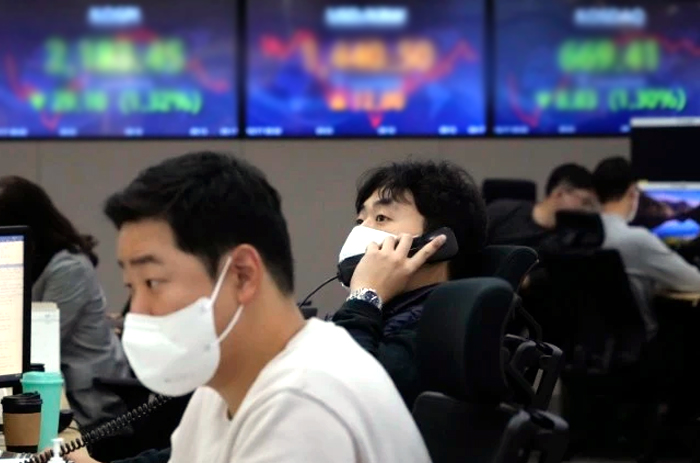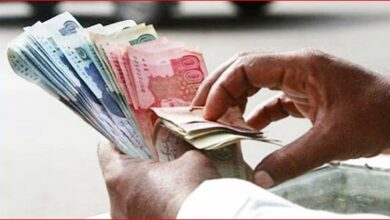Asia FX is in decline.A Fed meeting is expected.

Most Asian currencies went down on Monday because of bad news about China’s economy. At the same time, markets tightened up in preparation for a Federal Reserve meeting that starts this week.
China’s yuan fell 0.2% and the offshore yuan fell 0.2% after data showed that the country’s manufacturing sector unexpectedly shrank in October. As COVID-19 cases rose again in several economic hubs, business activity dropped overall, which was a surprise.
The reading made people worry more about the slowing economy in China, which is still recovering from a number of lockdowns this year. After a rise in COVID infections, Wuhan and Chengdu recently put COVID controls back in place.
Related: Economies in MENA and Central Asia are strong, but global headwinds are coming – IMF
Even though Beijing has reaffirmed its strict zero-COVID policy, investors are still worried about any more economic problems in China.
The Chinese stock market’s weakness spread to the rest of Asia.The Indian rupee went down by 0.1%, and the Taiwan dollar went down by 0.4%.
The Japanese yen dropped by 0.2% after data showed that industrial production slowed even more in September. The outlook for the next two months is also not good. This year, the yen was hit hard by rising inflation and the Bank of Japan’s “dovish” outlook. As a result, the yen was trading near its weakest level in 32 years.
On Monday, there was no change in the value of the dollar. Both the dollar index and dollar index futures stayed around the 110 level. In the next few days, the dollar is likely to get stronger because traders expect the Federal Reserve to raise interest rates by at least 75 basis points on Wednesday.
Still, the markets are also betting that signs of lessening inflationary pressures will cause the Fed to change its tough stance in the coming months. In October, both the dollar and the yields on U.S. Treasury bonds fell from their high points in the past few years.
But the outlook for Asian currencies remains limited, especially since U.S. interest rates are expected to stay high for at least the next year. This year, the Asian currencies lost a lot of value because interest rates went up.
The Australian dollar was the only one of the antipodean currencies to go up by 0.1% after data showed that retail sales grew more than expected in September. This is good news for the Australian economy.
Related: Asia’s stocks go up because investors think interest rate hikes will be smaller.
The good news also shows that the Reserve Bank of Australia has enough economic room to keep raising interest rates to fight inflation.





